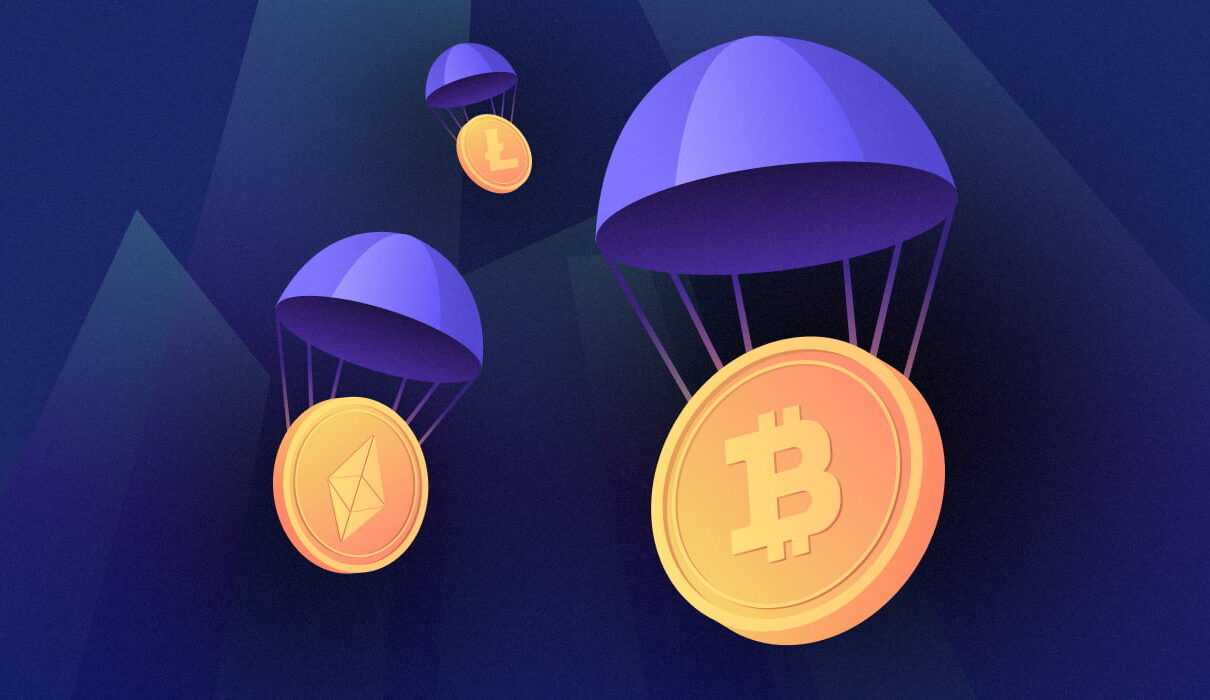Introduction
Hello friends, welcome back to Fun with Tokenomics: A Beginner’s Guide. In the world of crypto, few things grab a beginner’s attention quite like an airdrop.
The idea of receiving free tokens just for holding a coin or being active in a community feels like winning a digital lottery. But behind the scenes, airdrops are more than just free money—they’re a carefully designed tokenomics strategy.
What’s an Airdrop in Crypto?
An airdrop is when a blockchain project distributes free tokens or NFTs to certain wallets. The purpose is usually to reward early supporters or attract new users.
On the surface, it feels like a free lunch. But in tokenomics, nothing is ever truly free.
Types of Airdrops
-
Holder Airdrops: Tokens given to wallets holding specific crypto at a snapshot date.
-
Retroactive Airdrops: Rewards for early adopters and active users of a dApp or protocol.
-
Opt-in/Community Airdrops: Require tasks like following social accounts or joining a Telegram group.
-
Fork Airdrops: Distributed when a blockchain splits into two, giving holders coins on both chains.
Real Examples of Airdrops
-
Uniswap (UNI), 2020: 400 UNI tokens to every wallet that used Uniswap before Sept 1, 2020—worth over $12,000 at peak.
-
Aptos (APT), 2022: Thousands of APT distributed to early testnet users, instantly tradable.
Why Do Projects Do Airdrops?
Behind the free tokens lies a strategy:
-
Marketing and Awareness: Attract attention cheaply and quickly.
-
Decentralization and Distribution: Spread ownership, reduce whale control, and stabilize governance.
-
Rewarding Early Adopters: Build loyalty among initial users.
-
User Acquisition and Engagement: Small stakes encourage users to try the platform.
-
Liquidity and Listings: Wider token distribution improves liquidity and helps with exchange listings.
Are Airdrops Truly Free?
Not always. Hidden costs can include:
-
Time and Effort spent researching or performing tasks.
-
Gas Fees required to claim tokens.
-
Scams & Phishing Risks targeting beginners with fake airdrops.
-
Low or Volatile Token Value leading to quick dumps.
-
Tax Implications—in many regions, free tokens may still be taxable income.
How to Participate Safely in Airdrops
-
Do Your Own Research (DYOR): Verify announcements on official sources.
-
Protect Your Keys: Never share private keys or seed phrases.
-
Consider a Separate Wallet: Safer for connecting to new projects.
-
Check for Phishing: Always confirm website URLs.
Conclusion
Airdrops showcase how tokenomics goes beyond supply and demand. They can jumpstart projects, foster decentralization, and reward communities.
But while they may feel like a gift, they also carry risks. The bottom line:
-
Projects gain exposure and growth.
-
Users may gain free tokens—but “free” doesn’t always mean risk-free.

